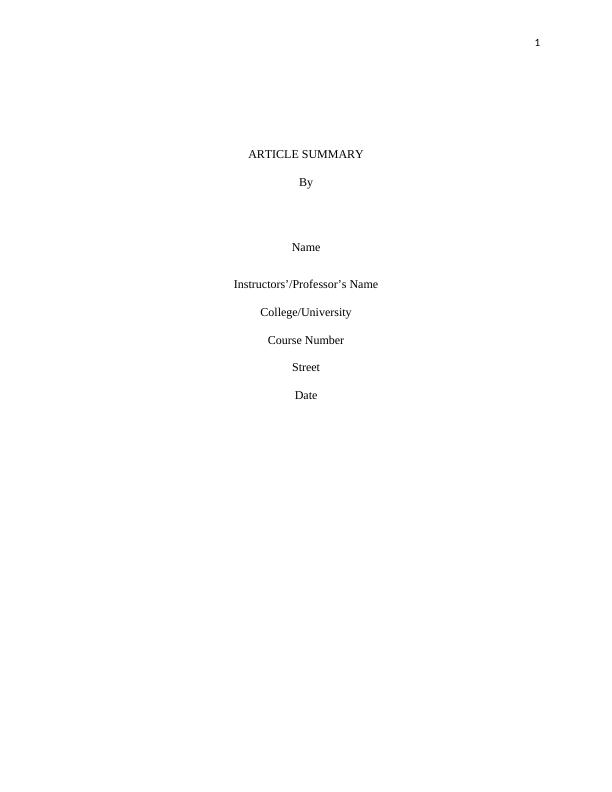Life Cycle Assessment of Pyrolysis, Gasification and Incineration Waste-to-Energy Technologies
Life cycle assessment of pyrolysis, gasification and incineration waste-to-energy technologies: Theoretical analysis and case study of commercial plants
5 Pages652 Words434 Views
Added on 2023-04-22
About This Document
This article compares pyrolysis, gasification and incineration waste-to-energy technologies based on life cycle assessment (LCA) and case studies of commercial plants. The study concludes that gasification and pyrolysis have better environmental performance than incineration, but modern incineration is more valuable due to its flu gas cleaning effectiveness, ash recycling, and CHP cycle usage. The article also highlights the importance of waste quality, energy efficiency, and efficient residues management for achieving sustainability.
Life Cycle Assessment of Pyrolysis, Gasification and Incineration Waste-to-Energy Technologies
Life cycle assessment of pyrolysis, gasification and incineration waste-to-energy technologies: Theoretical analysis and case study of commercial plants
Added on 2023-04-22
ShareRelated Documents
End of preview
Want to access all the pages? Upload your documents or become a member.
The Process of Waste to Energy Conversion Assignment 2022
|6
|1106
|25
Management of Hazardous Household Waste Assignment 2022
|27
|6370
|17


